
Filter News
Area of Research
News Type
Date
News Topics
Media Contacts

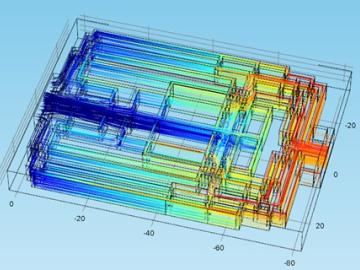
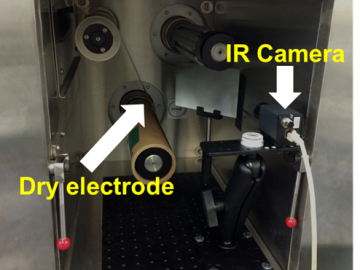
Production run spot checks of materials for lithium-ion batteries and fuel cells could be a thing of the past because of a process developed at Oak Ridge National Laboratory. The infrared/thermal nondestructive evaluation technique invented by a team led by David Wood examines key parameters such as porosity and thickness of the coating in real time without destroying product.
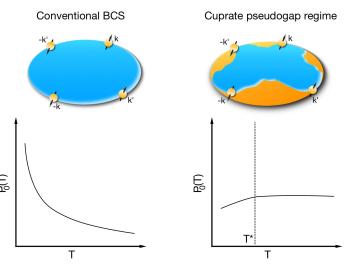
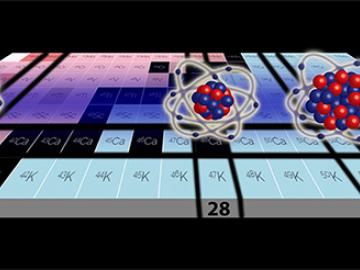
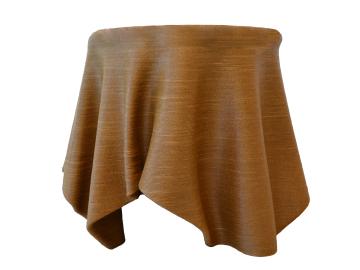
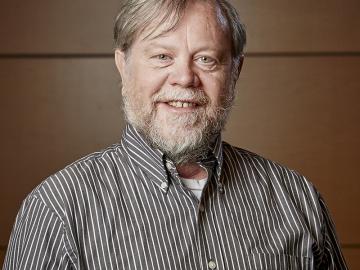
Richard Norby, a physiological ecologist at the Department of Energy's Oak Ridge National Laboratory, has been elected fellow of Ecological Society of America. Norby, a researcher in ORNL's in the Environmental Sciences Division and Climate Change Science Institu...

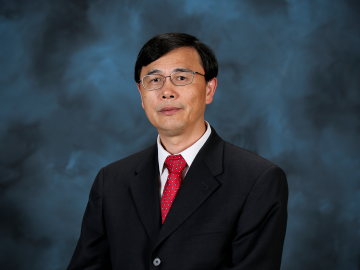
Baohua Gu, a distinguished senior scientist in the Environmental Sciences Division of the Department of Energy's Oak Ridge National Laboratory, has been elected a fellow of the Geological Society of America (GSA).

Drivers of Formula E cars may soon no longer have to change cars midway through the race, thanks to a battery coating technology developed by XALT Energy of Michigan and Oak Ridge National Laboratory. By depositing a nanoscale layer of alumina on oxide cathodes, researchers have incre...


